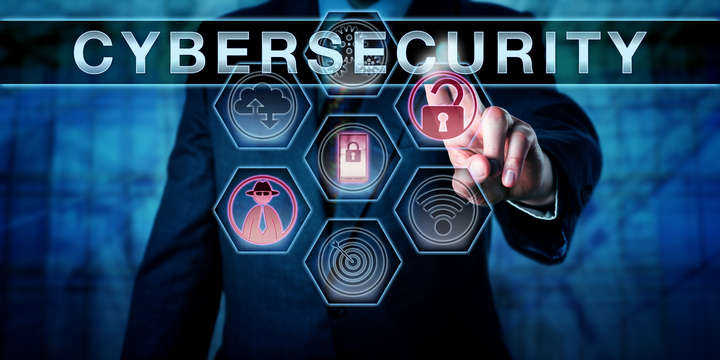Asset management is a term that should be familiar to any security expert, network engineer, or IT professional. It involves the tracking, accounting for, and analysis of all software and hardware assets connected to a computer network. It is an essential part of cyber security planning as well as business risk management. Here are some ways in which good asset management can aid a company’s security.

Asset Knowledge and Tracking
All good security starts with comprehensive knowledge gathering. Asset management systems track and list all of the assets within a company. Knowing exactly what a company is meant to have within a network is essential for the maintenance of an airtight network. Comprehensive knowledge of all company assets can help provoke risk analysis and the eventual elimination of said risk.
Assets that need to be tracked and accounted for are not limited to traditional seeming IT devices. Industrial control units are particularly important to IT networks. The STUXNET virus targeting Iranian nuclear facilities targeted unaccounted-for industrial control units. Any device or software that could potentially be connected to a network needs to be accounted for and tracked.
Ownership and Responsibility
Competent asset management enables a company to be sure of the ownership and control responsibilities associated with each piece of hardware or software. This is incredibly important for the security of a company in general. If an asset’s owner or responsible licensee is unknown, management of that asset may become impossible under compliance terms. Malicious actors can also hack into an IT network by pretending to be the owner or licensee of an asset. Like the solutions offered by panaseer.com, good asset management keeps track of all asset owners and responsible parties as standard.
Vulnerability Scanning
A good cyber asset management system will automatically (and regularly) scan all assets for potential vulnerabilities. Vulnerabilities provide hackers and thieves with attack vectors that they can exploit. Vulnerabilities can include missing protocols, unknown owners, poor encryption, and a whole host of other worrying things. Vulnerability scanning is a necessary part of any IT system and can be partially achieved through the use of asset management tools. If a company does not regularly scan all of its assets for vulnerabilities, it will leave itself open to attack and exploitation.
Safe Disposal
All software and hardware use comes to an end. It is an inevitability. When a company needs to upgrade any of its hardware or software, it needs to safely dispose of its old systems without producing vulnerabilities. Assets need to be cleansed of all sensitive data before they are deleted. Furthermore, none of the vulnerabilities that were present in the outdated software should be carried over into new systems. Asset management is essential to the safe disposal of hardware and software in such a way that it does not provide a vector for malicious attacks. All IT professionals should seek to minimize attack vectors.

